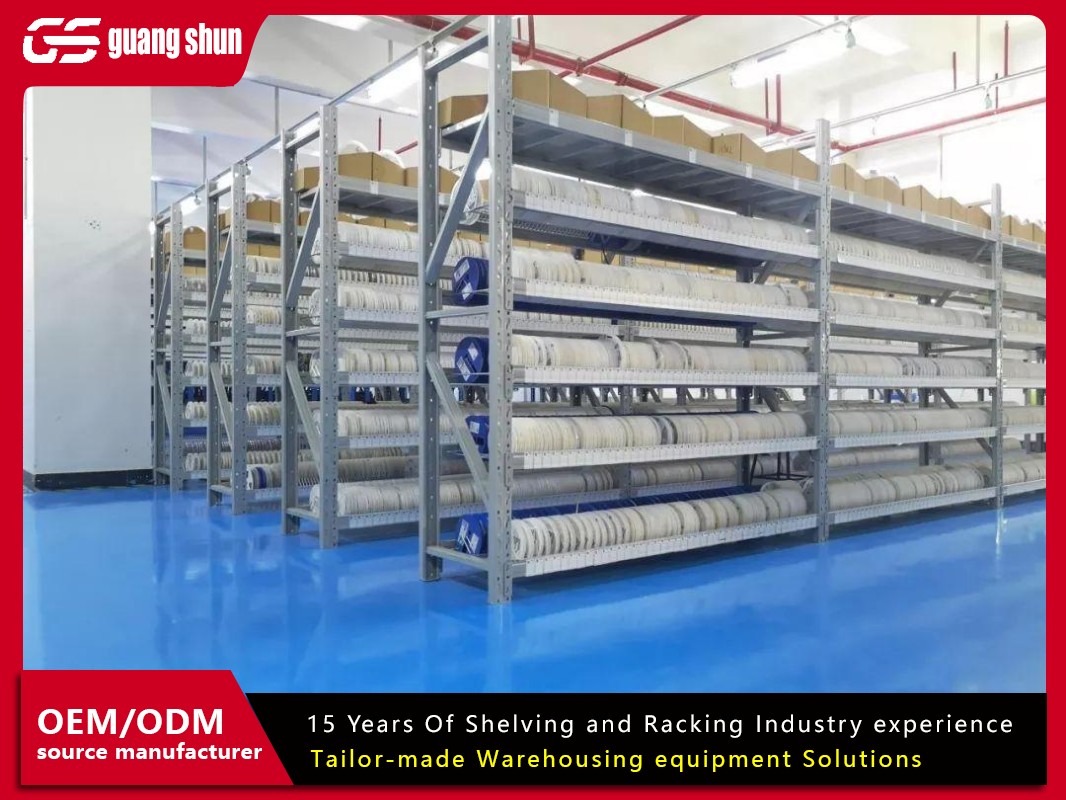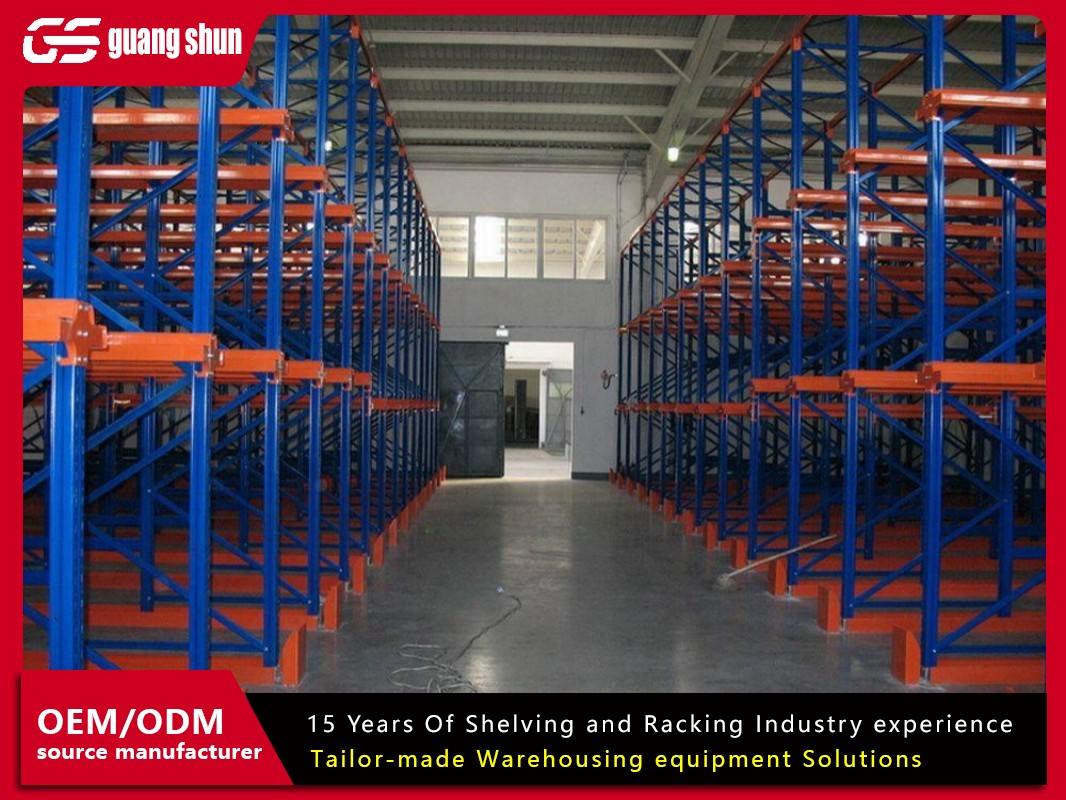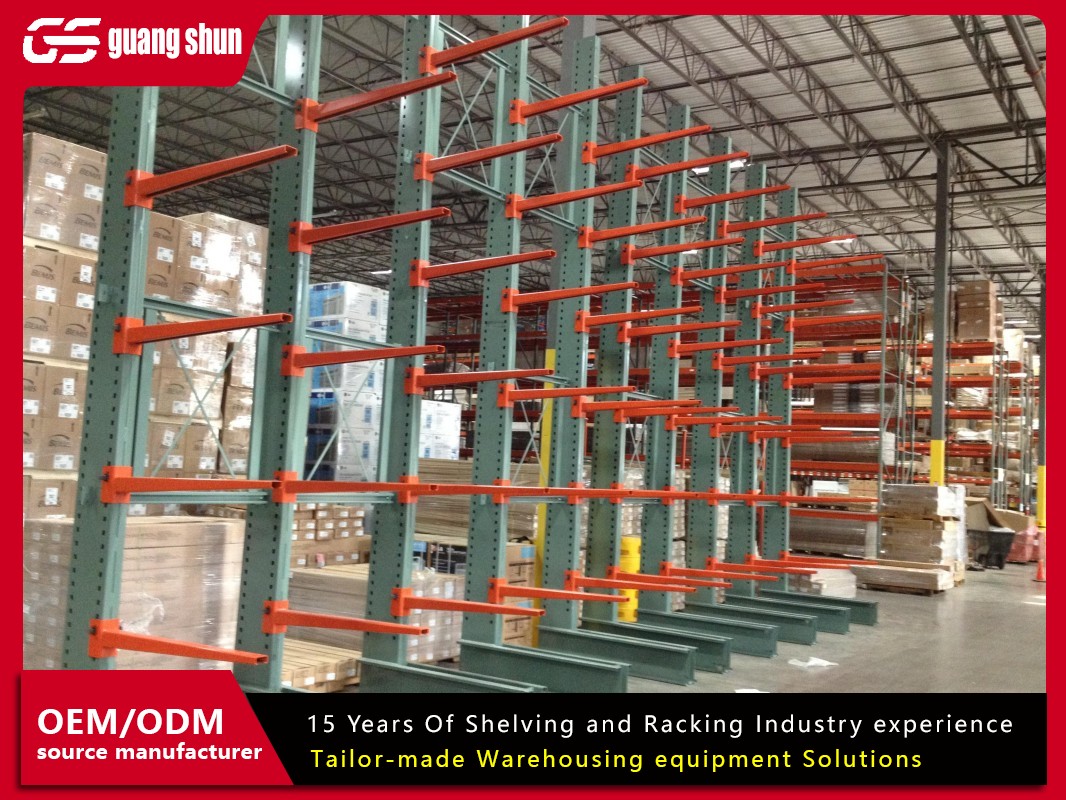If you run a warehouse, distribution center, or any form of industrial storage operation, you've undoubtedly encountered industrial pallet racking. It is the fundamental, often unsung hero of the logistics world, the silent framework upon which global supply chains rest. But what exactly is it, and how do you ensure you're using it to its fullest, safest potential? This article dives deep into the world of industrial pallet racking, exploring its core types, benefits, selection criteria, and the common pitfalls to avoid.
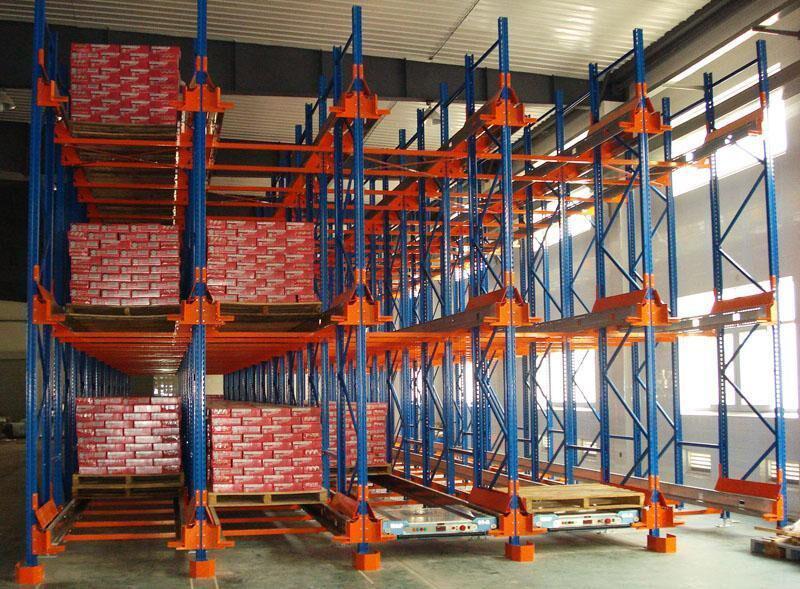
What is Industrial Pallet Racking? The Backbone of Your Warehouse
At its simplest, industrial pallet racking is a material handling storage system designed to store materials on pallets (or skids). Unlike simple shelving, it is an engineered structure, typically made from steel, that allows for the efficient stacking of heavy loads in horizontal rows with multiple levels. This vertical utilization of space is key to maximizing a warehouse's cube—its total storage volume.
A standard industrial pallet racking system consists of three main components:
Upright Frames: The vertical frames that form the backbone of the system. They have punched holes or slots to allow for adjustable beam levels.
Beams: The horizontal bars that connect to the uprights and directly support the pallets.
Wire Mesh Decking or Beams: Often used as a safety feature to prevent pallets and products from falling through the beams.
This modular design provides the flexibility and strength needed to handle the immense weights and constant activity of an industrial environment. Understanding this basic structure is the first step in appreciating the different types of systems available.
The Different Types of Industrial Pallet Racking Systems
Not all storage needs are the same. Consequently, several types of industrial pallet racking have been developed to address specific challenges like inventory density, accessibility, and product turnover. Choosing the right type is critical for operational efficiency.
Selective Pallet Racking
This is the most common and versatile type of industrial pallet racking. It allows direct access to every single pallet, making it ideal for warehouses with a large SKU count where every item might need to be retrieved at any time (known as a "high selectivity" system). While it offers excellent accessibility, it has a lower storage density compared to other systems.
Drive-In/Drive-Through Racking
Designed for high-density storage of homogeneous products with low SKU counts and FIFO (Drive-Through) or LIFO (Drive-In) inventory rotation. In this system, pallets are stored on rails, and forklifts drive directly into the rack structure to place or retrieve loads. It sacrifices selectivity for maximum use of available cubic space.
Push-Back Racking
Another high-density system, push-back industrial pallet racking, operates on a LIFO (Last-In, First-Out) basis. Pallets are loaded onto wheeled carts that nest on slightly inclined rails. When a new pallet is pushed into a bay, it pushes the existing pallets back. When retrieving a pallet, the next one moves forward automatically. It offers better selectivity than drive-in systems but with a higher density than selective racking.
Pallet Flow Racking (Dynamic Flow)
This system uses a FIFO (First-In, First-Out) approach, perfect for perishable goods or products with expiration dates. Pallets are loaded on the high end of a slightly inclined track and use gravity rollers or wheels to move forward to the unloading end. It ensures perfect inventory rotation and is a high-density solution.
Cantilever Racking
For storing long, bulky, or irregularly shaped items like lumber, pipes, or furniture, cantilever rackin
g is the go-to choice. It features vertical columns with arms that extend outward, providing unobstructed access to stored items without the interference of front-facing vertical beams.
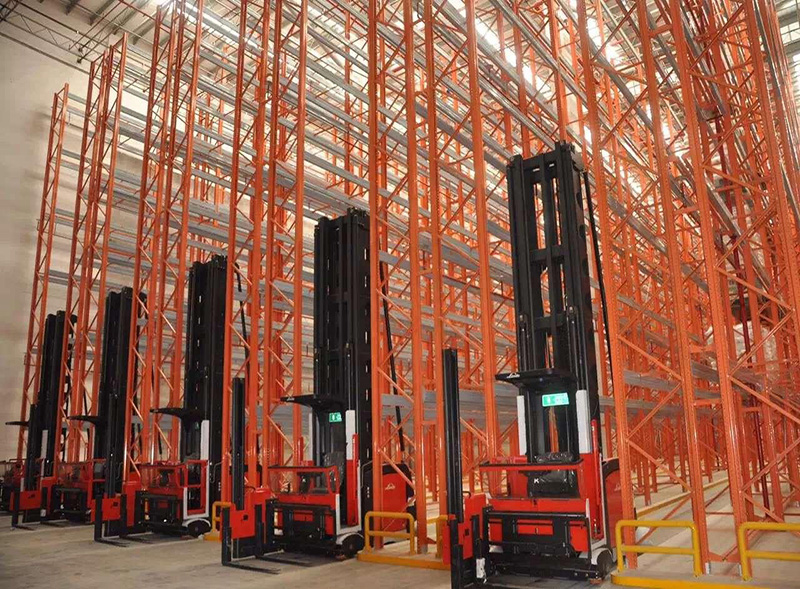
Key Advantages of Implementing a Robust Industrial Pallet Racking System
Investing in a well-designed industrial pallet racking system delivers a multitude of benefits that directly impact your bottom line.
Maximized Vertical Space and Storage Density: The primary advantage. By building upwards, you dramatically increase your storage capacity without expanding your warehouse's footprint, reducing cost per square foot.
Enhanced Organization and Inventory Control: A structured system allows for logical organization by SKU, order, or date, making cycle counts and inventory management significantly easier and more accurate.
Improved Safety and Load Protection: Properly installed racking keeps heavy loads secure and stable, reducing the risk of accidents and product damage from collapsing stacks. Decking further contains debris and prevents falls.
Increased Efficiency and Productivity: Easy, direct access to inventory minimizes forklift travel time and simplifies the picking and put-away processes, allowing your workforce to do more in less time.
Flexibility and Scalability: The adjustable nature of most systems means you can reconfigure beam heights as your inventory profile changes. You can also start small and expand the system as your business grows.
How to Choose the Right Industrial Pallet Racking for Your Operation
Selecting the correct system is not a one-size-fits-all decision. It requires a careful analysis of your specific needs.
Understand Your Inventory: What are the dimensions and weights of your pallets? What is your SKU count, and what is your inventory turnover (FIFO or LIFO)? Answering these questions will point you toward the right type of system (e.g., selective for high SKU, drive-in for low SKU).
Calculate Your Capacity Needs: Know the maximum load weight per pallet and per level. This will determine the beam and upright capacity you require. Always factor in a safety margin.
Analyze Your Warehouse Space: Measure your available space, including ceiling height, floor conditions, and column placements. The clear ceiling height is a major determinant of how high you can build your racking.
Consider Your Equipment: The type of forklifts or pallet jacks you use (and their lift heights, turning radius, and reach capabilities) will influence the racking design, especially aisle width. Narrow-aisle racking requires specific equipment like reach trucks.
Think About Future Growth: Choose a system that can adapt. Will your pallet sizes change? Is your business growing? Opting for a scalable and reconfigurable system from the start is a wise long-term investment.
Consult a Professional: Reputable industrial pallet racking suppliers and engineers can perform a site survey, recommend the best system, and ensure the structural design is sound and safe for your specific application.
Common Problems and FAQs with Industrial Pallet Racking
Even the best systems can encounter issues. Awareness is the first step toward prevention.
1. Overloading and Incorrect Load Distribution
This is the most critical and dangerous problem. Exceeding the designated load capacity of a beam or an entire bay can lead to catastrophic structural failure. Similarly, placing a concentrated load on a beam not designed for it (e.g., from a forklift tyne) or unevenly distributing weight on a pallet can cause bending or collapse.
Solution: Clearly label the Maximum Uniformly Distributed Load (MUDL) capacity on every beam and train all staff. Never exceed these limits.
2. Improper Installation or Modification
Industrial pallet racking is an engineered structure. DIY installation or unqualified modifications (like cutting beams or uprights) severely compromises its integrity and safety.
Solution: Always use certified installers. Any modifications or repairs must be approved and executed by a qualified racking engineer or the original manufacturer.
3. Forklift Impact and Damage
Collisions from forklifts are inevitable in a busy warehouse. Even a minor impact can bend an upright or dislodge a beam, significantly reducing its load-bearing capacity and creating a major safety hazard.
Solution: Implement comprehensive forklift operator training. Install protective guards like column protectors, guard rails, and post protectors on vulnerable uprights. Establish a regular inspection routine to identify damage promptly.
4. Lack of Regular Inspections
Without a formal inspection program, minor damage can go unnoticed and escalate into a major problem.
Solution: Implement a combined inspection strategy:
Operator Inspections: Encourage operators to report damage immediately.
Weekly/Monthly Visual Checks: A designated supervisor should routinely walk the aisles looking for obvious issues like bends, dents, or missing components.
Annual Professional Inspection: A qualified racking inspector should perform a detailed, documented inspection at least once a year.
5. Using Damaged or Missing Components
Continuing to use a bay with a bent upright or a beam with a missing safety lock is extremely risky. These components are critical to the system's overall strength.
Solution: If damage is found, immediately cordon off the area and unload the affected bay. Replace damaged components with genuine parts from the manufacturer—never use makeshift repairs.
6. Poor Housekeeping and Clutter
Clutter around the base of racking can prevent proper inspection and is a fire hazard. It can also obscure view for forklift operators, increasing the chance of an impact.
Solution: Enforce strict housekeeping policies. Keep aisles clear and ensure the area around uprights is free of obstructions.
By understanding what industrial pallet racking is, the options available, and the common challenges faced, you can transform your warehouse into a model of efficiency, safety, and productivity. A thoughtful investment in the right system, coupled with diligent maintenance and safe operational practices, will pay dividends for years to come.



